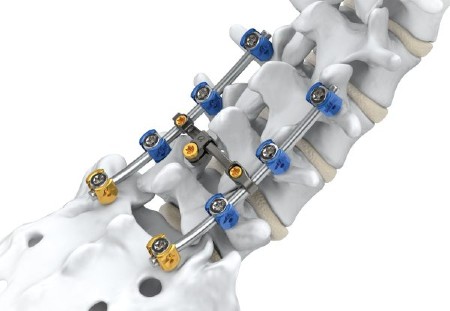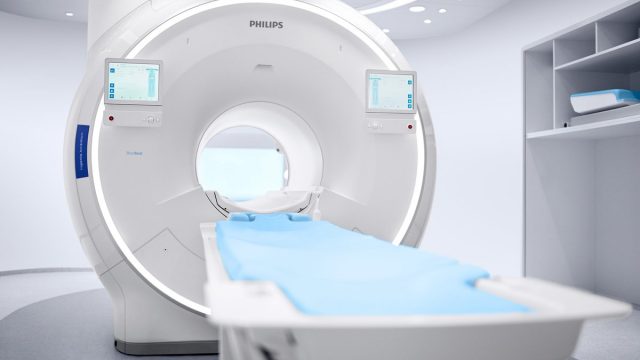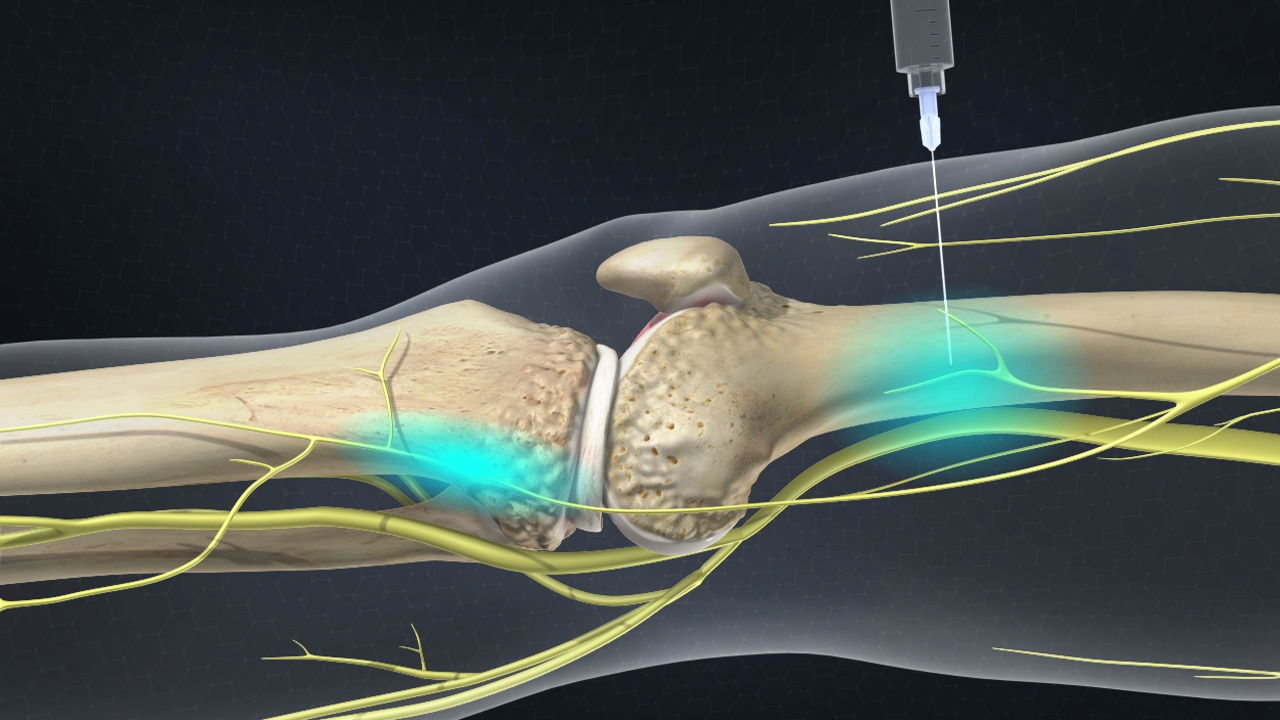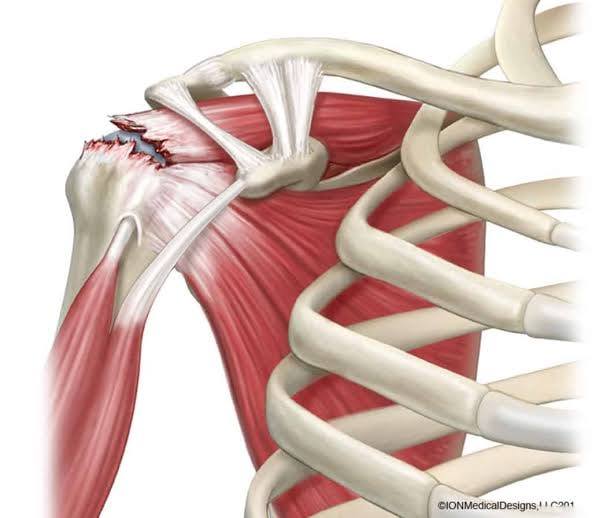Learn about the names of injections for treating back pain and what is the difference between a spinal injection and a epidural injection?

Names of Injections for Treating Back Pain
Many people suffer from back pain, and injection therapy is a common option for alleviating this pain. Here is a list of names of some injections used in the treatment of back pain:
- “Voltaren”:
- Contains the active ingredient diclofenac sodium.
- Used to relieve back pain and joint inflammation.
- Effectively reduces inflammation and pain.
- “Ketorolac”:
- Contains the active ingredient ketorolac tromethamine.
- Used to relieve back pain, joint inflammation, and muscle pain.
- Known for its rapid and temporary pain-relieving effect.
- “Toradol”:
- Contains the active ingredient ketorolac tromethamine.
- Helps alleviate acute back pain and muscle pain resulting from injury.
- Used for short periods due to its strong effects.
- “Borophenid”:
- Contains the analgesic substance borophenid.
- Used to alleviate back pain, arthritis, and tendon inflammation.
- Works to relieve pain and tissue inflammation.
- “Diclofenac”:
- Contains the active ingredient diclofenac potassium.
- Used to treat back pain, breastfeeding pain, adhesions, and post-surgery pain.
- Reduces pain and inflammation.
Note: It is advisable to consult with a specialized physician before using any type of injection to treat back pain. Remember that these names are for informational purposes only, and the appropriate treatment for you may vary depending on your doctor’s diagnosis and your individual health condition.
What are the needles given in the back?
Local spinal needles, also known as spinal needles or epidural needles, are used to anesthetize the nerves branching from the spinal cord, with the aim of relieving pain in various parts of the body. The use of needles in the back is considered an effective method for pain relief during labor and childbirth.
Benefits of using needles in the back:
Pain Relief: Needles contribute to pain relief during labor and childbirth, allowing the mother to experience the process more comfortably. Facilitating Childbirth: When spinal needles are used to anesthetize nerves branching from the spinal cord, pain and contractions associated with labor are reduced, making childbirth easier. High Effectiveness: Needles in the back are considered an effective and reliable anesthetic method to provide comfort during labor and childbirth.
Complications of using needles in the back:
Headache: Some rare cases of headaches may occur after using needles in the back, and the duration of the headache can last for a few days. Numbness: Numbness in the area supplied by the affected nerves may occur, but this numbness is usually temporary and subsides after a period of time.
It should be noted that the mother should explore all possibilities and consult a specialized physician before deciding to use needles in the back. This procedure should be performed by an experienced anesthesiologist to ensure safety and effectiveness.
What is the best pain reliever for back pain?
What is the best pain reliever for back pain? Many people suffer from back pain, whether it’s acute or chronic, and finding the best pain reliever to alleviate this pain can be important. In this article, we will discuss some common options used as pain relievers for back pain.
Non-Steroidal Anti-Inflammatory Drugs (NSAIDs): Non-Steroidal Anti-Inflammatory Drugs (NSAIDs) such as ibuprofen and naproxen are considered the first-line options for treating back pain. These medications help reduce inflammation and alleviate pain. Opioid Painkillers: In cases of severe and chronic pain, a doctor may prescribe opioid painkillers such as codeine or tramadol to relieve pain. However, these medications should be used with caution due to the risk of addiction and potential side effects.
Physical Therapy:
Physical therapy can help strengthen muscles, improve flexibility, and reduce pain. Techniques used may include massage, stretching and strengthening exercises, and the application of heat or cold.
Localized Pain Relief:
There are many topical products available on the market that can help relieve back pain. These products may contain ingredients like camphor, menthol, and aloe vera, which can provide a cooling or pain-relieving effect.
Psychological Rehabilitation:
Psychological therapy and counseling may help manage chronic back pain. Individuals suffering from chronic pain can benefit from techniques such as electrical nerve stimulation, breathing exercises, and relaxation techniques.
Before using any pain reliever for back pain, it is essential to consult a specialized physician. Doctors may also need to consider other medical conditions and medications to avoid negative interactions.
Avoiding chronic back pain may also require lifestyle changes and appropriate preventive measures. These measures may include maintaining a healthy weight, regular exercise, proper body posture while sitting and standing, and avoiding excessive lifting or bending of the back.
What is the best ointment for back pain?
Back pain is a common problem that many people suffer from, whether due to chronic conditions or muscle tension. To alleviate this pain, various ointments with different compositions and effects can be used. In this article, we will present the best ointments used to relieve back pain.
- Voltaren Cream: This cream contains the active ingredient diclofenac, which is a non-steroidal anti-inflammatory drug (NSAID). It is used to relieve pain and swelling in various areas of the body, including the back. This cream works by inhibiting the production of prostaglandins, which cause pain and inflammation.
- Moov Cream: It contains a blend of natural ingredients such as peppermint oil and eucalyptus oil. It is used to relieve muscle and joint pain, including back pain. This cream works by soothing inflamed muscles and improving blood flow in the affected area.
- Reparil Gel: It contains the active ingredient trometamol, which acts as an anti-inflammatory and strengthens blood vessels. It is used to relieve pain and swelling caused by muscle and joint inflammation. This gel works by inhibiting the production of inflammatory chemicals.
These are just a few examples of ointments used for back pain relief. It’s essential to consult a healthcare professional before using any ointment, especially if you have specific medical conditions or are taking other medications.
Aljazal Cream: Aljazal cream contains a blend of natural oils and herbs, such as olive oil and eucalyptus oil. It is used to relieve muscle pain and soothe backaches. This cream works by increasing blood flow to the affected area and promoting tissue healing.
It is important to note that consulting a doctor before using any ointment for back pain is advisable, especially if there is a chronic medical condition or any previous interactions.
What are spinal injections in the disc?
Spinal injections in the disc are a common treatment for back pain caused by herniated discs. Many people suffer from this problem and seek effective ways to relieve pain and improve their quality of life.
Disc injections involve injecting a precise medication directly into the disc to alleviate nerve pain and irritation. These injections help reduce inflammation and muscle tension, thereby promoting the healing process.
Benefits of spinal injections in the disc:
Pain Reduction: Disc injections in the disc are an effective way to reduce the pain associated with herniated discs. The injected medication helps reduce inflammation and numb the affected nerves, enhancing comfort and improving mobility. Improved Spinal Function: Disc injections in the disc help improve spinal functions, such as the ability to bend and move freely. The injected medication produces responses in the body that contribute to rebalancing and proper spinal movement. Reduced Need for Surgery: Taking disc injections in the disc serves as a non-surgical alternative for people experiencing back pain due to herniated discs. These injections can be an alternative that allows individuals to avoid surgery and enhance the natural healing process. Safe and Effective: Disc injections in the disc are considered a safe procedure when performed by an experienced specialist. This procedure is effective in relieving pain and improving mobility without surgical intervention.
Precautions and Potential Side Effects:
Despite the effectiveness of disc injections in the disc, there may be some precautions and potential side effects associated with this procedure. Common side effects may include temporary skin rash, numbness in the injected area, and temporary pain. It is advisable to consult a doctor to learn more about the necessary precautions and potential side effects.
However, disc injections in the disc are a safe and effective procedure for relieving chronic back pain. It is recommended to consult a physical therapist to determine if this procedure is suitable for the individual case and to receive the necessary guidance before making a final decision.
Does a back needle have side effects?
Do back needles have side effects? Yes, and in this article, we will discuss some potential side effects of back needles based on available online data:
Severe Headache: Puncturing the membrane covering the spinal cord and leaking fluids can lead to a severe headache. Breathing Problems: The use of a back needle can slow down or damage the respiratory system. Loss of Sensation: If the needle strikes the wrong nerves, temporary or permanent loss of sensation in the lower part of the body may occur. Bleeding and Damage: Bleeding around the spinal cord area and damage can occur in case of membrane puncture or other complications.
It should be noted that these side effects rarely occur and are most often the result of medical errors during the procedure. Before deciding to use a back needle, you should discuss with an anesthesiologist to understand the potential risks of the procedure on your personal health.
It is always best to research and gather reliable information before making important health decisions. You should speak to your doctor and consult with them before making any decisions about using a back needle.
Does a back needle relieve pain?
If you are suffering from back or neck pain, doctors may suggest using a back needle as one of the options for pain relief. In this list, we will provide some important information about back needles and their effectiveness in relieving pain.
What is a Back Needle? A back needle is a procedure in which a very thin needle is inserted into the lower back to relieve pain. A doctor inserts the needle into the spinal opening. How Does a Back Needle Work to Relieve Pain? A back needle works by injecting medications directly into the space surrounding the spinal cord. These medications mimic or act as natural pain-relieving drugs found in the body. What Conditions Can Back Needles Be Used For? Back needles can be used to relieve pain associated with spinal conditions such as disc pain and arthritis. They may also be used to alleviate neck and joint pain. What Are the Benefits of Using a Back Needle? A back needle may significantly help relieve pain and improve the quality of life. It is considered a safe and effective alternative for pain relief without the need for surgery.
What are the potential risks of using a back needle? Some temporary side effects may occur, including mild pain after the procedure. The risks may increase when using a back needle in sensitive areas such as the cervical spine.
Does a back needle guarantee permanent pain relief? The effect of a back needle may vary from person to person, and pain may temporarily or permanently disappear in some patients. In some cases, other procedures may be needed to manage pain and improve the overall condition.
When should you consult a doctor about a back needle?
You should consult a doctor if you are suffering from chronic back or neck pain. Seek medical care if you experience severe pain or mobility problems that interfere with your daily life.
Regardless of your need to use a back needle, you should communicate with your doctor to receive proper advice and understand whether this procedure is suitable for you in your specific condition. There may be other ways to manage pain that are more suitable for you.
What is the treatment for lower back pain in women?
Lower back pain is a common health problem that affects women more often than men, with a higher incidence rate. This type of pain is caused by various factors. In this article, we will discuss some suitable treatments for lower back pain in women.
- Use Cold or Ice Packs: Applying cold packs to the painful area is one of the simple and effective ways to relieve lower back pain. Cooling helps reduce inflammation and alleviate annoying pain, and you can use ice wrapped in a piece of cloth or cold packs available at pharmacies.
- Heating Pad: A heating pad is also a useful home remedy for relieving lower back pain resulting from fatigue or menstrual pain. Placing a heating pad on your back stimulates blood circulation and pain relief.
- Stretching Exercises: Stretching exercises are also beneficial for treating lower back pain in women. Look for stretching exercises that target the back area and the surrounding muscles. Perform these exercises regularly to strengthen the muscles and improve flexibility, which may lead to pain relief.
- Avoid High-Heeled Shoes: High-heeled shoes are considered one of the factors that put pressure on the spine and cause lower back pain. Therefore, it is advisable to avoid wearing high heels and replace them with comfortable shoes that provide support for the natural arch of the foot. These measures may improve back posture and alleviate pain.
- Weight Management and Exercise: It is important to maintain a healthy weight and engage in regular physical activity to alleviate lower back pain. Obesity and inadequate physical activity can increase pressure on the back and worsen the pain. Therefore, try to adjust your lifestyle and exercise regularly, consulting a doctor if necessary.
If the symptoms do not improve after trying home treatments and lifestyle changes, it is advisable to consult a doctor for an evaluation and to determine the next steps. The doctor may recommend pain relieving medications or physical therapy sessions. In some rare cases, surgery may be required to treat severe and specific lower back pain caused by structural deformities or acute injuries.
Lower back pain in women is not generally a serious indicator and can be successfully treated with home remedies and self-care. However, it is recommended to visit a doctor if the pain persists for an extended period or if the symptoms worsen significantly. Detailed health assessment and appropriate treatment may be necessary.
What is the difference between a spinal needle and an epidural?
A spinal needle and an epidural are both options for spinal anesthesia. Although their goal is pain relief, there are significant differences between them. Let’s take a look at these differences:
Spinal Needle:
- A spinal needle is used to anesthetize the spinal cord area.
- A very small needle is used to inject the anesthetic directly into the cerebrospinal fluid surrounding the spinal cord.
- A spinal needle is considered more effective than some other pain relief options during childbirth.
- It facilitates body movement and gives you the strength to push the baby out.
- A spinal needle can be used at any stage of labor.
Epidural:
- An epidural is also used to anesthetize the spinal cord area.
- A much smaller needle is used to inject the anesthetic directly into the epidural space surrounding the spinal cord.
- An epidural anesthetizes an area from the navel to the upper part of the legs.
- Once the nerves are anesthetized, you will not feel any pain during the procedure and will not be able to move your legs.
- Many other drugs that provide excellent pain relief can be injected after the procedure for several hours.
It should be noted that there is no difference in the final results of both procedures in terms of spinal cord anesthesia. However, some women may prefer epidurals over spinal needles based on their personal preferences or medical conditions.
Regardless of the choice you make, it is essential to consult with specialized doctors and discuss potential concerns and challenges. They have the knowledge and experience to guide you and make an appropriate decision based on your health condition and individual needs.















